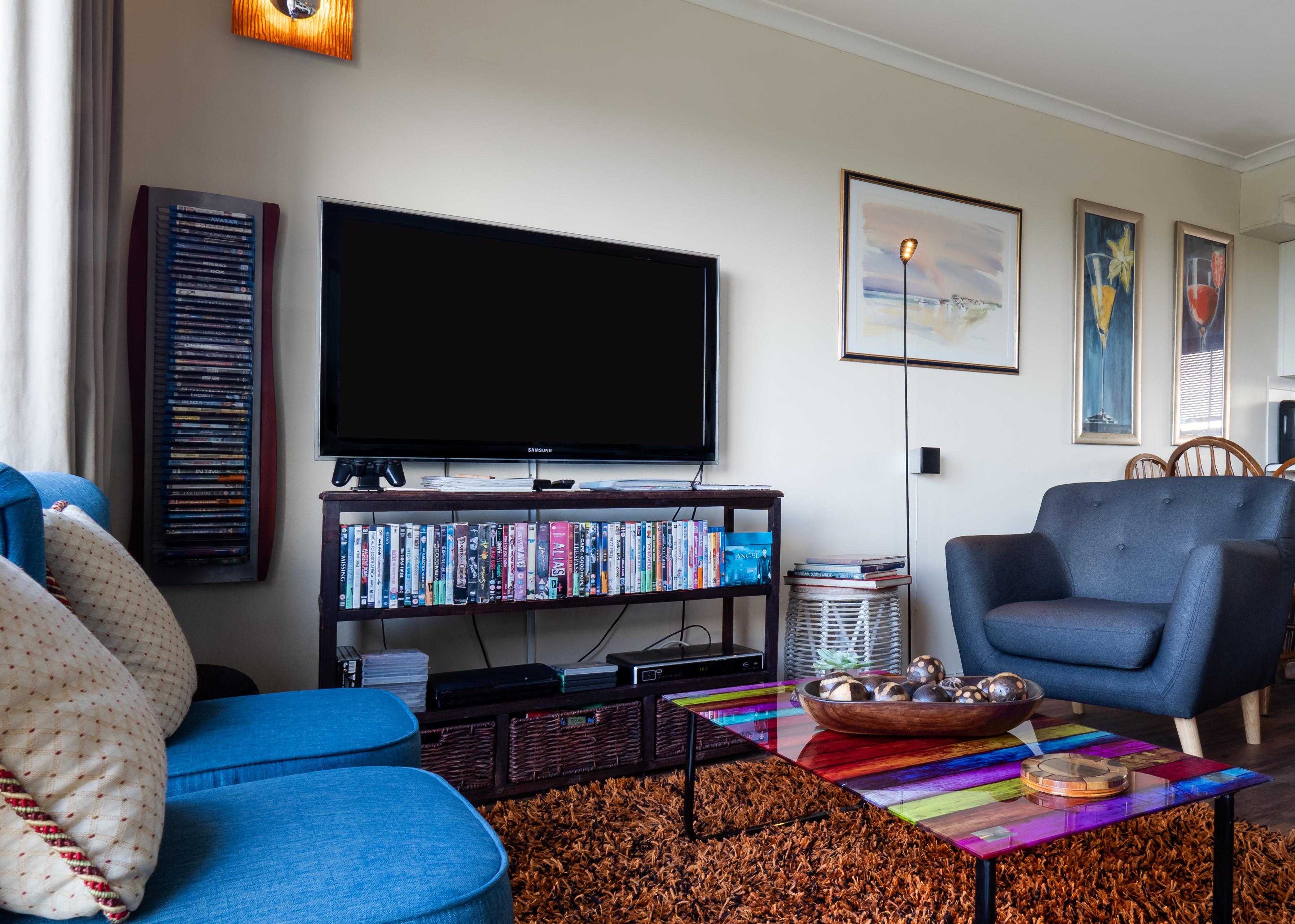
Last year was yet another fascinating period in the development and distribution of video and TV content, which has paved the way for further dynamism, disruption and potential opportunity in 2019.
From Disney’s proposed acquisition of Fox, to the proliferation of OTT channels and subscription video on demand (SVoD) services — and with it the growing prominence of direct-to-consumer (D2C) services — existing legacy industries are being challenged in ways not previously seen.
Streaming video services, in particularly SVoD, has shaped how people are consuming video content and has given rise to record levels of creative output for TV shows and films. They have also been a major driver of in-home connected-device uptake: by the end of 2019, services such as Netflix will have helped the installed base of smart TVs to double to over 900 million units in just four years. Similarly, the number of streaming media devices will have also doubled over the same period, to 100 million units.
Stay up to date with all things CES-related with one-click access to our CES Hub.
Perhaps one of the most significant movements is the emergence of D2C services. This will come to a head this year when Disney launches its much-anticipated Disney+ service in the U.S. This is particularly significant as it will exclusively include Disney movies in the first-pay TV window as these rights expire on Netflix. It will bring a host of key TV and movie franchises, including “Star Wars” and “Avengers,” plus Pixar, its classic animation, and a wide range of other content. Disney’s investment in its key franchises in recent years means that the service will have universal appeal, rather than a singular focus on children and their parents.
The service is set to gradually rollout out worldwide, largely dependent on when existing first-pay window deals expire in each country. (Unlike in the U.S. and Canada, Disney’s first-pay window deal in most other countries is with a local pay TV operator). Much D2C activity is centered around the U.S., but for many entertainment brands and services, the road to scale may be less obvious in other countries.
Terms of existing exclusive deals will be a major consideration of international D2C launches, as they look to balance the subscriber potential of new services, compared to existing revenue streams for the same content. WWE was one of the first major entertainment brands to make this leap of faith in truly going over the top, realizing it was an important step in determining the long-term future of its business.
Although there was notable D2C activity prior to the announcement of Disney+, the brand power and high-quality content will have a significant impact in several ways, including:
- Accelerating other content holders to follow suit, with AT&T (HBO, Warner Bros., Turner) stating its plans to launch a D2C service in the U.S. this year.
- Providing consumers with a greater choice of premium streaming video services, while the fragmentation will also create challenges, such as what content is on what service, leading to the emergence of super-aggregators.
- Disrupting the traditional pay TV carriage model and potentially impacting their consumer base, as well as negotiating carriage of these new third-party services as apps on their pay TV platform.
- Improving the appeal of connected devices to consumers, potentially helping bring in later adopters or even encouraging upsell and upgrade.
- Further fueling Netflix’s investment in original content, as it looks to make the transition of Disney content exiting the service as invisible to the consumer as possible
What is perhaps most intriguing in the development of the D2C movement is the role pay TV providers and their respective platforms will play moving forwards. D2C brands want the best of both worlds, direct control over their service and creative freedom, but also wide and targeted reach, straight into consumers’ living rooms. So, over time, Disney+ and other D2C services will be increasingly carried by pay TV providers, with content potentially integrated into a seamless user interface (UI), as Netflix content is accessible on Sky Q in the U.K. The capability of set-top boxes (STBs) may be a limiting factor in this rollout, but this may further stimulate investment from the pay TV providers in this advanced hardware.
One thing is for certain, though: such initiatives will see 2019 become one of the most dynamic yet for the video entertainment industry.
David Sidebottom is principal analyst at Futuresource Consulting.













